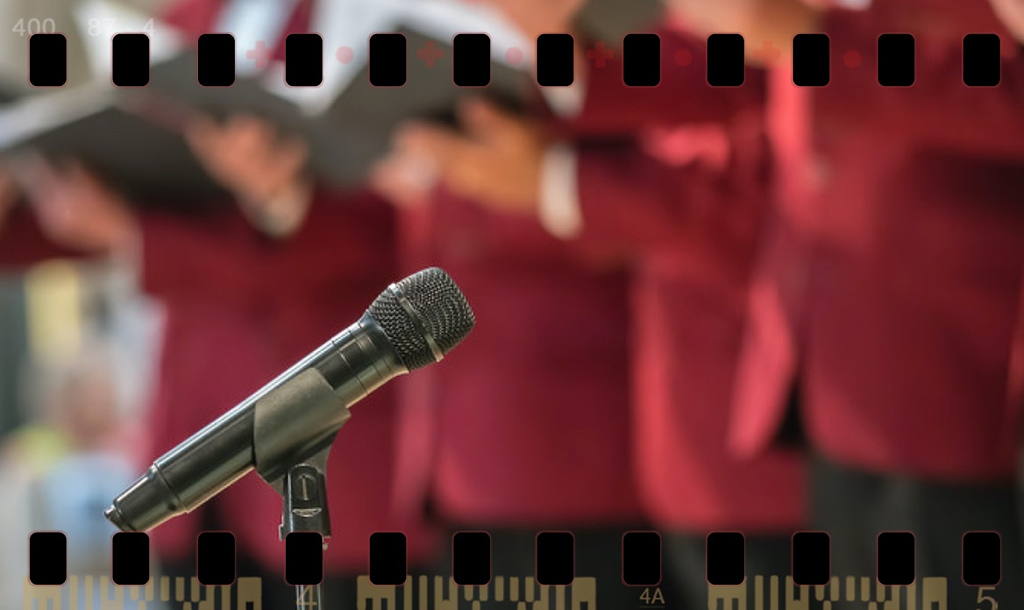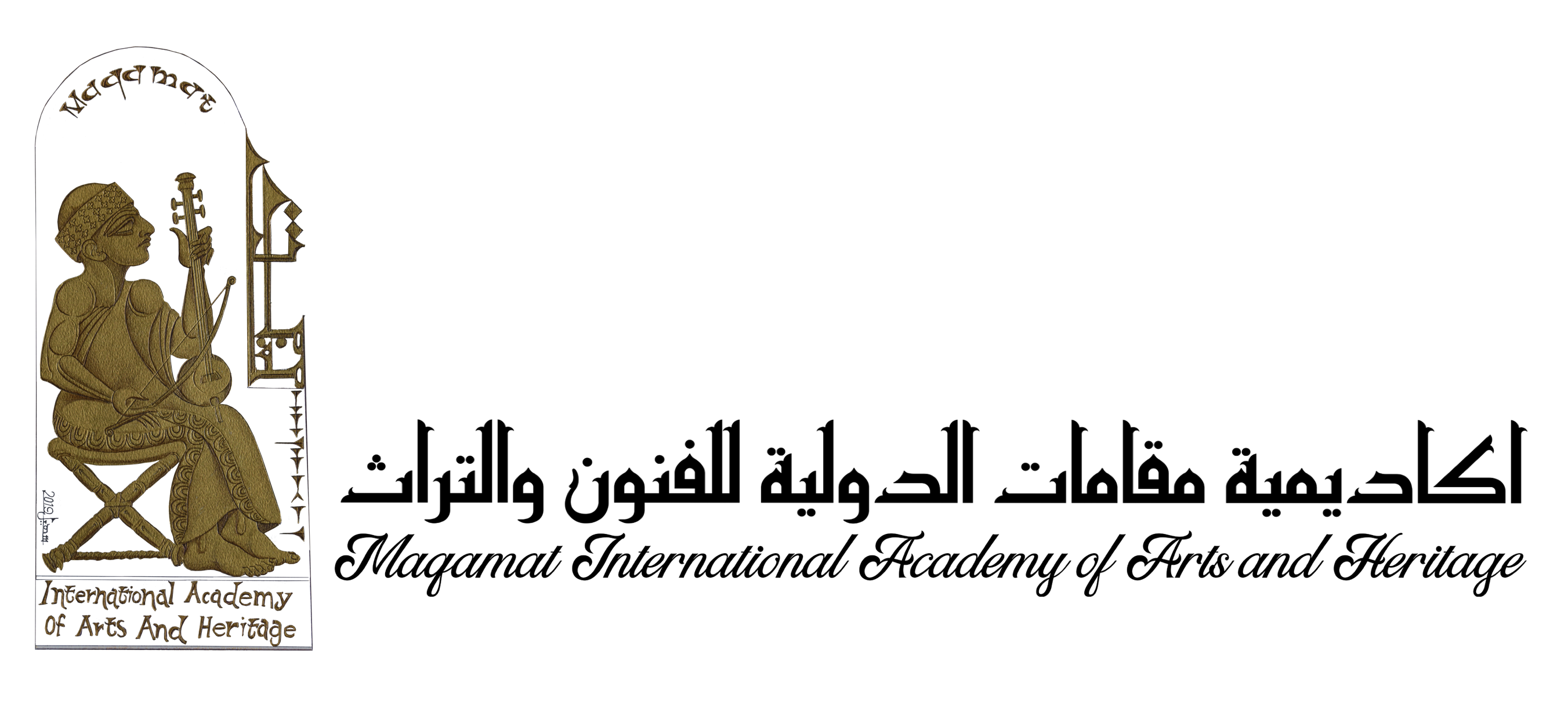Instruments

Ud
In the 9th century, the Ud became the scholarly instrument of some great musicians of al-Andalus, from Ziryab to Ibn Nâjja. Read more
Joze
The joze has four strings (traditionally tuned in perfect 4ths). These strings are attached to the tuning pegs in an open pegbox at the top. Read more
Santur
The name of the instrument is derived from the Greek psalterion that, itself, is the result of musical experiments done by Pythagoras based on the 6000 years old bull-headed lyre that was discovered during the excavation found in the ancient city of Ur. Read more
Violin
“…Though the city Brescia, in the Alps, was famous in the crafting of violins, Cremona, home to the world’s known luthiers “Giuseppe Guarneri, Antonio Stradivari“, and “the Amati family…” Read more
Qanun
“Because the Qanun has only 8 notes per octave, the musician grants the instrument using levers to obtain the desired starting Maqam…” Read more
Nay
“Arab style playing is generally more rhythmic, and reflective of the shepherd association, as the nay is commonly a pastoral instrument…” Read more
Voice (Choir)
“…Instead, they use a few basic arrangement techniques that help them avoid a long and monotonous unison for an entire performance…” Read more
Piano
“…The piano as a Western instrument was included in Arabic music since the early 20th century, it was used to add a modern classical color to Arabic compositions…” Read more
Percussion
A percussion instrument is sounded by being struck or scraped by a beater. It ca be attached or enclosed or rattles struck, scraped or rubbed by hand or struck against another similar instrument.
Percussion instruments are further commonly divided into two classes: ‘pitched’ percussion instruments, which produce notes with an identifiable pitch, and ‘indefinite pitched percussion instruments, which produce notes or sounds that do not have an identifiable pitch. Read more
school hours
Fri: 10AM – 9PM
Sat: 10AM – 7PM
Sun: 11AM – 7PM
Address
309 Queen St South,
Mississauga, Ontario
L5M 1L9
Phone
3652203662
